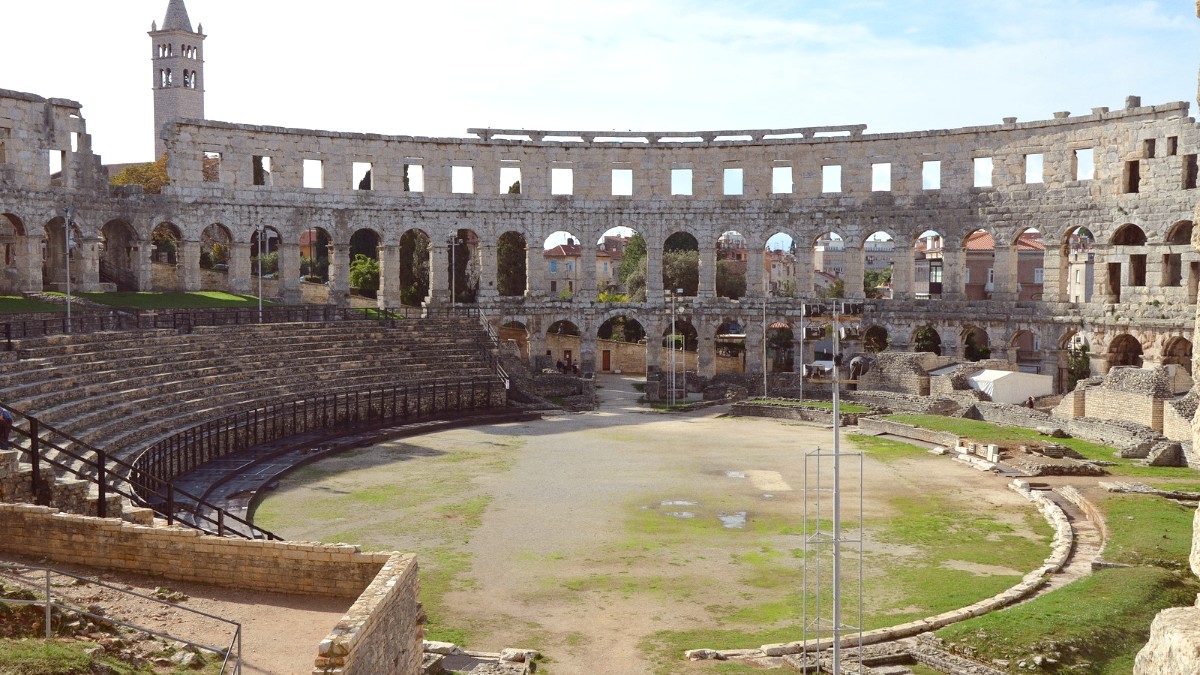
Istria, Croatia
This striking natural phenomenon, often called a "fjord" (though technically a ria), is a submerged river valley known for its unique ecosystem.
It is famous for oyster and mussel farms, due to the brackish water mix.
Istria has many charming towns, each with its distinct character and sights. Explore beyond Pula.
Often called the "Pearl of Istria," Rovinj has a picturesque old town perched on a peninsula, with colorful houses clustered around the towering Church of St. Euphemia.
Poreč is known for the Euphrasian Basilica, an UNESCO World Heritage Site with stunning Byzantine mosaics from the 6th century.
Istria's natural beauty has ample opportunities for outdoor activities and serene escapes.
A day trip for its blend of natural beauty, ancient Roman ruins, and quirky safari park. Accessible by ferry from Fažana.
Just south of Pula, this nature park is a destination for outdoor activity. Explore wild coastlines, hidden coves.
On the eastern side of Istria, this park has extensive hiking trails and panoramic views from Vojak peak.
A unique blend of natural beauty and historical sites awaits.
A protected nature park south of Pula. Ideal for a full day of activity.
Further exploration beyond day trips. Pula connects to longer regional travel.
A charming town known for its Istro-Venetian architecture and mummified saints.
A small, picturesque village in central Istria, near Motovun. It gives a glimpse into traditional rural Istrian life.
A UNESCO World Heritage Site with cascading lakes and waterfalls.
Rijeka is a bustling port city with a cultural scene. Opatija is a historic seaside resort.
For those with more time, Pula a great starting or ending point for longer regional explorations.
Explore Slovenia's charming capital and iconic Lake Bled. Direct bus links from Pula.
During warmer months, seasonal catamaran services directly connect Pula to Venice. An overnight stay allows thorough exploration of Venice.
Rent a car to explore: Pula > Rovinj > Poreč > Motovun > Grožnjan.